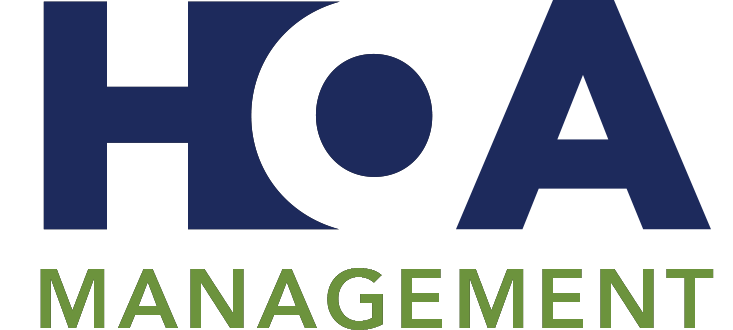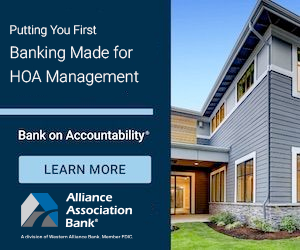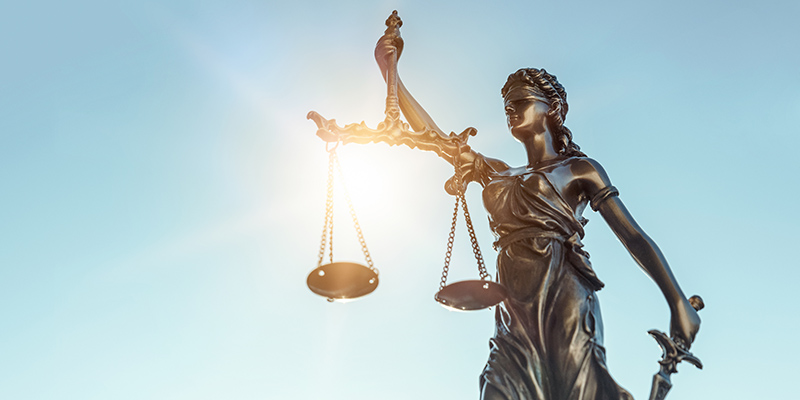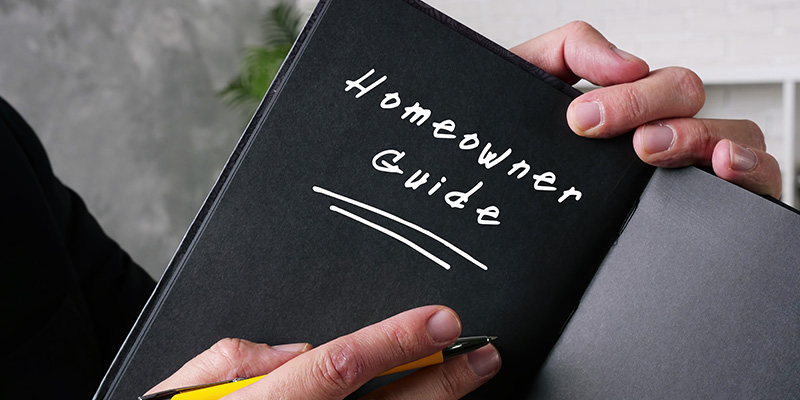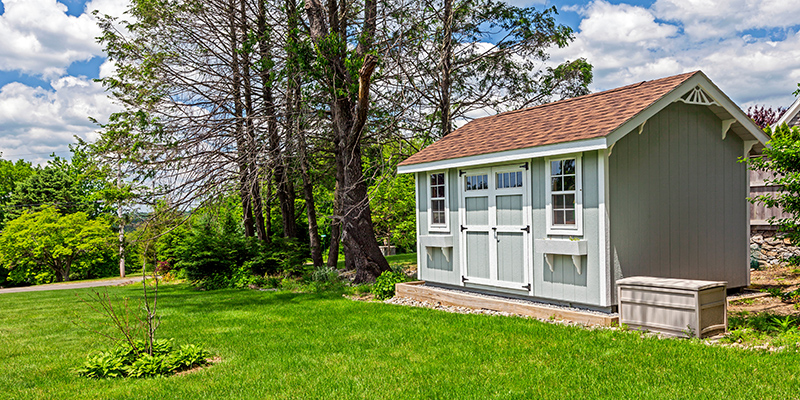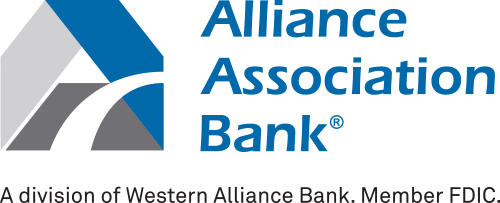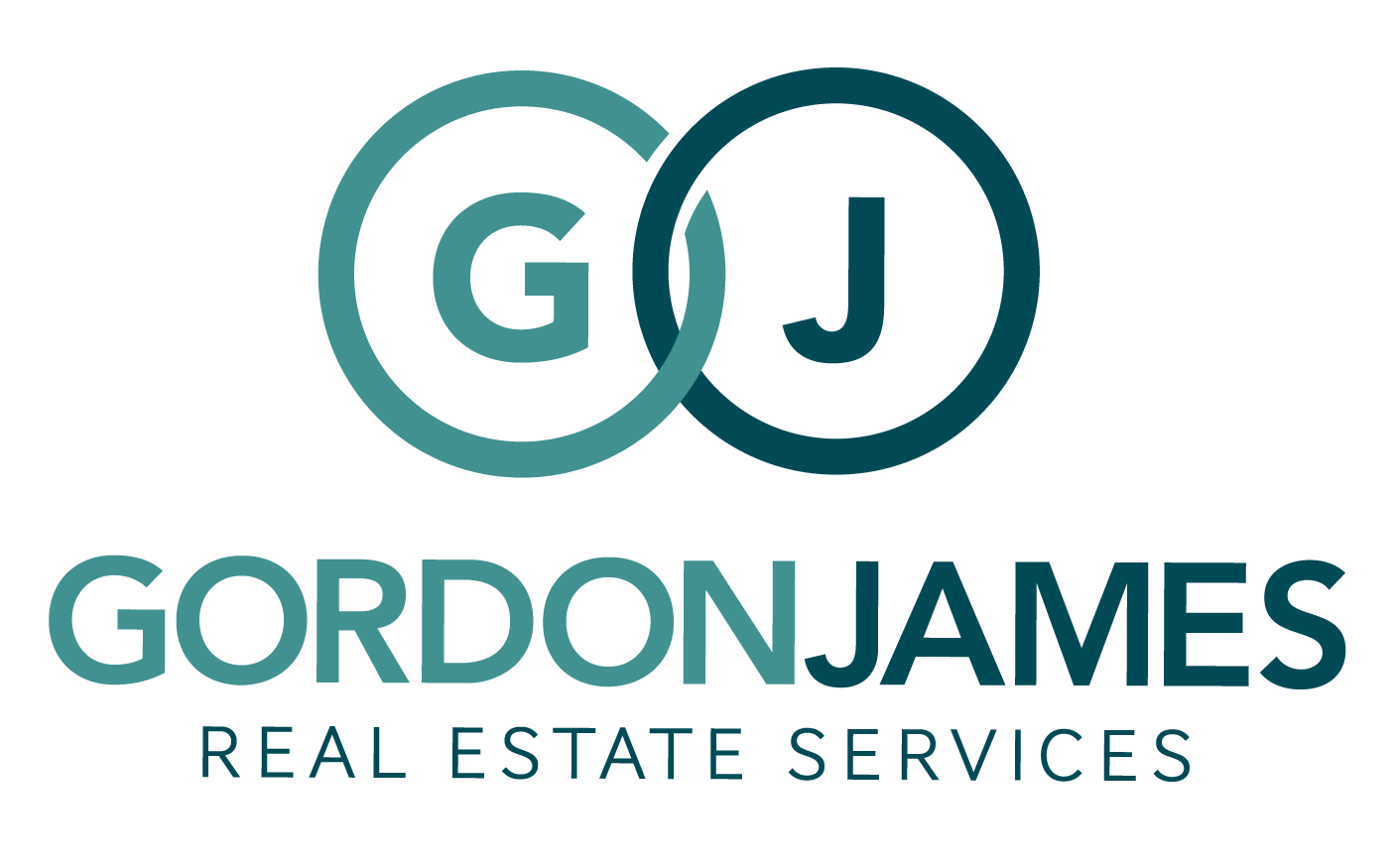How To Address A HOA Mold Problem
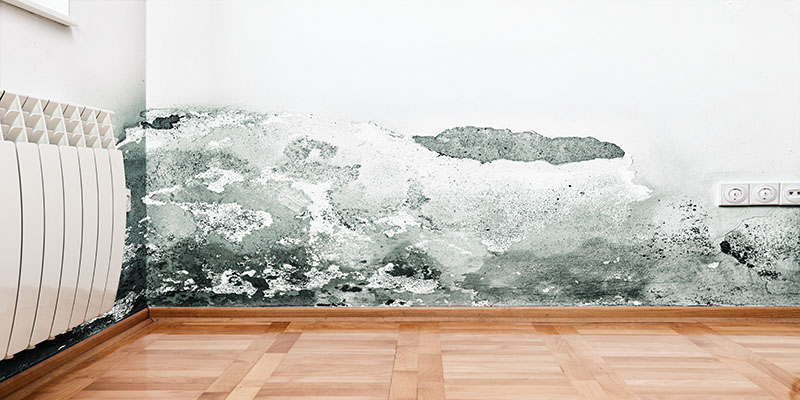
An HOA mold problem is often a point of contention since there is usually a debate on which party is liable for it. Does it fall under the association’s responsibility or should the homeowner answer to the charges?
Browse By Category
Sign up for Our Newsletter
An HOA mold problem is often a point of contention since there is usually a debate on which party is liable for it. Does it fall under the association’s responsibility or should the homeowner answer to the charges?
Who Is Responsible for an HOA Mold Problem?
Mold is a problem commonly encountered in buildings and homes. It can go unnoticed for many years, though telltale signs usually come in the form of sight and smell. In homeowners associations, mold can be a problem, too. In fact, it can even snowball into chaos, ending up with an HOA mold lawsuit.
Though mold can occur in any association, it is usually a more complex problem in communities with shared or common elements such as condominiums. This is because the mold can spread quickly across units.
In contrast, in single-family communities, there is typically a clear line between what is the association’s responsibility and what is the homeowners’ responsibility. As such, it is generally easier to determine who should be liable for the mold problem in these communities.
Because the lines with mold are often blurred, owners can sometimes enter disputes with their associations. Owners might argue that the association should cover the cost of the damages and repairs, even though it is not always automatically the HOA’s fault. This sows discord among community members and leads to further disputes.
HOA Mold Issue: Identifying the Liable Party
 Most experts agree that the association becomes liable for HOA mold damage if it originated from a common area. This is similar to other maintenance issues in a community association. Common areas typically fall under the jurisdiction of the HOA, whereas individual owners hold responsibility for their own homes.
Most experts agree that the association becomes liable for HOA mold damage if it originated from a common area. This is similar to other maintenance issues in a community association. Common areas typically fall under the jurisdiction of the HOA, whereas individual owners hold responsibility for their own homes.
Even then, though, it can be a case-to-case basis. Not all homeowners associations have the same bylaws and rules that govern the community. It is important to check the association’s governing documents to see where maintenance responsibilities lie.
Many associations also follow the origin rule. If a homeowner left their water running that resulted in the mold, which then spreads to common areas, it can be argued that the owner is at fault. In that case, even though the common area is affected, the owner may be liable for damages and repairs. On the other hand, if the situation is the other way around, then the HOA may be liable.
When Negligence Comes Into Play
There is also the issue of negligence. It is generally the homeowners association’s responsibility to maintain the common areas. But, insufficient or a total lack of maintenance can lead to mold growth. In such a case, the HOA has been negligent and may be liable for the damages and repairs.
Keep in mind, though, that there is a difference between a duty to insure and a duty to repair. More often than not, in condominiums, associations insure both the condos and the common elements. This may cover the cost of remediation, but not necessarily the cost of repairing any damages inside the owners’ units.
Again, it is best that boards and owners refer to the association’s governing documents. They will normally find guidance there. If need be, a lawyer can interpret the governing documents and even state laws that deal with HOA mold problems.
HOA Mold Remediation: Fixing the Problem First
Once the association discovers mold in its community, the first thing it must do is treat the mold. Mold may not be the most toxic substance around, but it can still have adverse health effects. It is a good idea to call a professional to treat the mold and prevent further growth. Taking care of the HOA mold problem comes first — determining the liable party can come later on
How to Limit HOA Mold Problem and Liability
When it comes to mold, liability can follow. Homeowners associations should take the necessary measures to protect themselves from potential liability. They can do this by taking the steps below:
Have Buildings and Common Areas Inspected Regularly
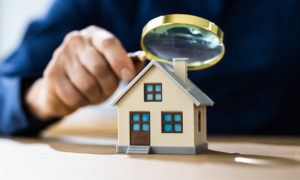 First, homeowners and condo associations should include mold inspection in their maintenance charts. It is imperative that associations scope out common areas and buildings on a regular basis to check for signs of water damage and mold. Catching mold early on will prevent it from spreading and growing out of control. Again, it is best to have a professional perform this task. Not everyone has the experience and expertise required for the job.
First, homeowners and condo associations should include mold inspection in their maintenance charts. It is imperative that associations scope out common areas and buildings on a regular basis to check for signs of water damage and mold. Catching mold early on will prevent it from spreading and growing out of control. Again, it is best to have a professional perform this task. Not everyone has the experience and expertise required for the job.
By regularly inspecting common spaces and facilities, associations can limit liability as a result of negligence. Remember that HOAs have a responsibility to maintain the community, including common areas and buildings. Failure to include this as part of the maintenance plan may be held against the association.
Update Insurance Policy Annually
Next, it is critical to have insurance policies updated every year. Associations can significantly lessen liability related to HOA mold issues by ensuring it has proper coverage. Boards should make sure that their policy covers water damage and mold.
Additionally, boards should also remind homeowners to keep their homeowners insurance up-to-date. This way, owners can file a claim to cover the cost of repairs should water damage and/or mold occur. Keep in mind that the association’s insurance policy typically does not cover the cost of repairing damages to individual units or homes.
Not Always a Black and White Answer
Mold is a serious issue that can grow into an uncontrollable mess. It is best to address an HOA mold problem early on. As for who is responsible, the answer is not always so clear-cut. It really depends on the situation at hand. The best recourse is to remedy the mold issue first and then look to the HOA’s governing documents for guidance. In some places, state laws may come into play as well. When in doubt, it is always a good idea to consult a lawyer.
Trending Now
Related Article
Sign up for Our Monthly Newsletter
Sign up below for monthly updates on all HOA Resource

